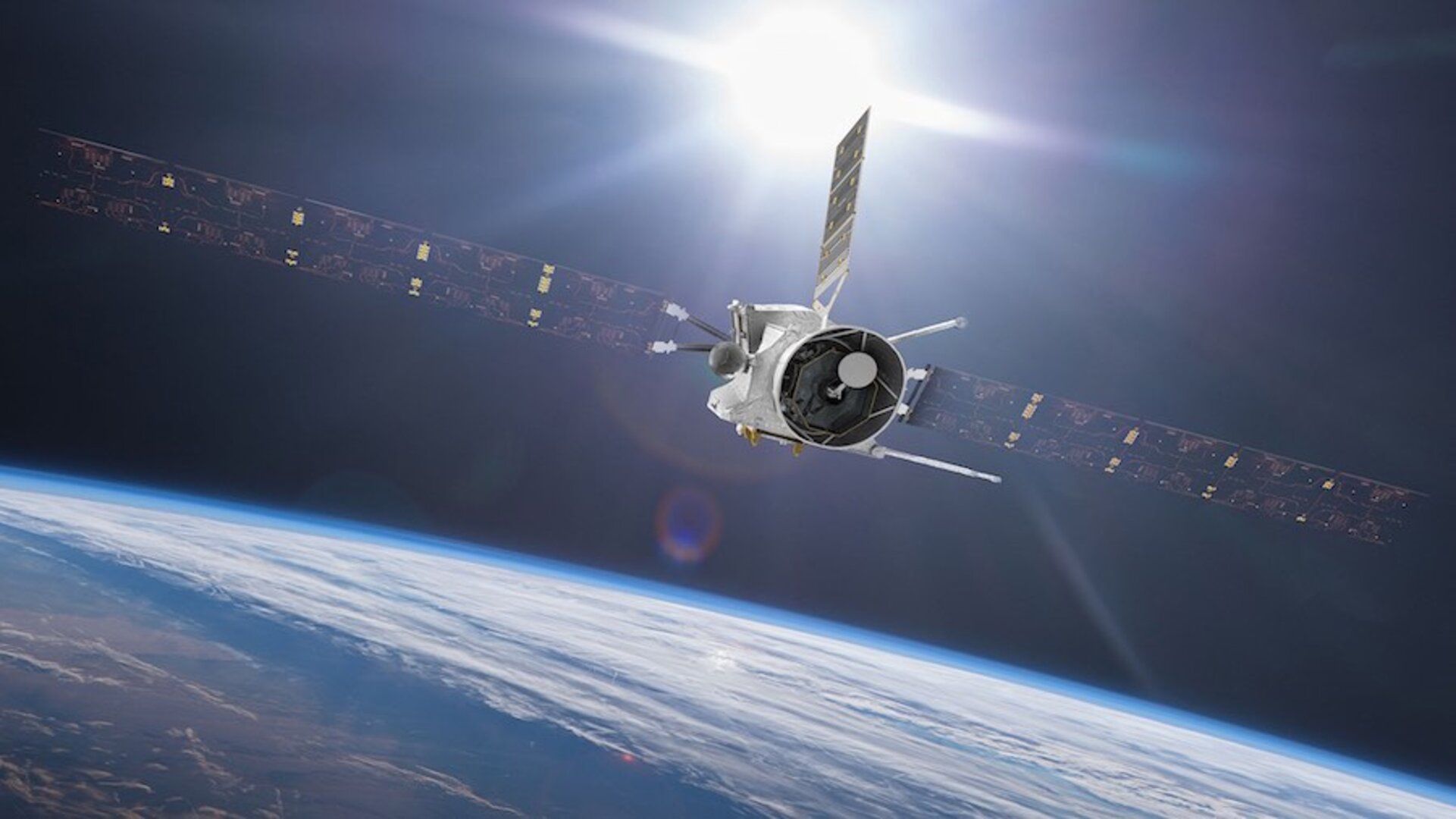TT&C and PDT Systems and Techniques section
For space missions to go on functioning as planned, satellites in space must stay connected to Earth, their mission controllers and data users, using sophisticated radio frequency (RF) links.
TT&C, short for ‘Telemetry, Tracking and Command’, refers to the downlinked platform data giving details of the satellite’s status, determination of its location through tracking ranging signals, and the uplinked commands given to the platform. This includes both crewed spacecraft as well as autonomous satellites. TT&C can also cover links between separate spacecraft, such as the connection between an orbiter and lander, or the inter-satellite links of different satellites allowing them to share data and work together.
PDT, short for ‘Payload Data Transmission’ refers to the all-important data returning from the mission payload, the core reason the mission is being flown in the first place, for example from a scientific instrument observing the Earth, typically at higher data rate than the usual ‘housekeeping’ satellite telemetry.
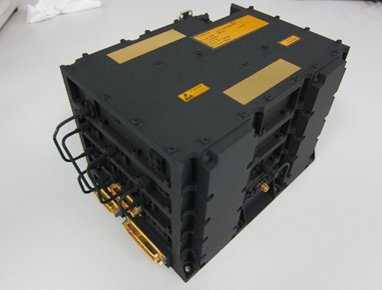
Supporting projects and setting standards
The TT&C and PDT Systems and Techniques Section provides specialist technical support to many ESA projects and programmes, including the Directorates of Navigation, Telecommunications, Earth Observation, Science and Human Spaceflight and Robotic Exploration.
Notably the section plays a leading role in standardisation activities overseen by bodies such as the Consultative Committee for Space Data Systems and the Space Frequency Coordination Group.
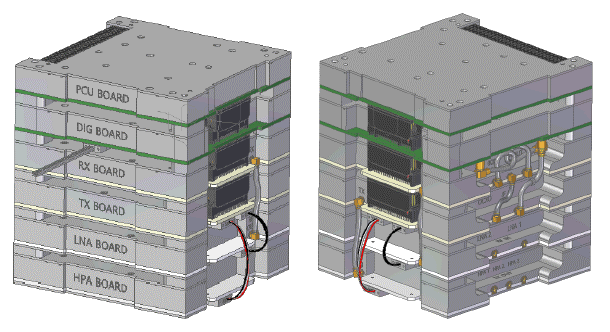
The section also has access to a dedicated TT&C laboratory, part of the Telecom Lab, equipped with state-of-the-art TT&C simulation tools, operational testbeds and software-defined radios, supporting experimentation with TT&C and PDT technologies.
Pushing TT&C further
Our areas of expertise include the end-to-end system engineering of TT&C systems, including coding, modulation, multiplexing, link and interference analysis – as well as the design of representative TT&C software simulators. We are also expert in securing TT&C links, involving encryption and authentication, system design issues, end-to-end analysis and performance verification.
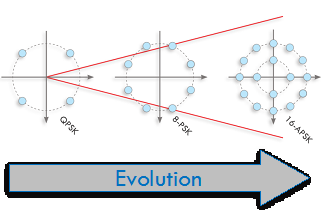
Another focus is on the design, development and testing of transponders designed to receive and transmit TT&C signals for both near-earth and deep-space missions. We also work on inter-satellite links between multiple spacecraft, such as the triple-spacecraft Comet Interceptor mission.
For PDT we design signal modulation and channel coding for high-speed data downlinks as well as advanced digital signal processing techniques for end-to-end performance optimisation.
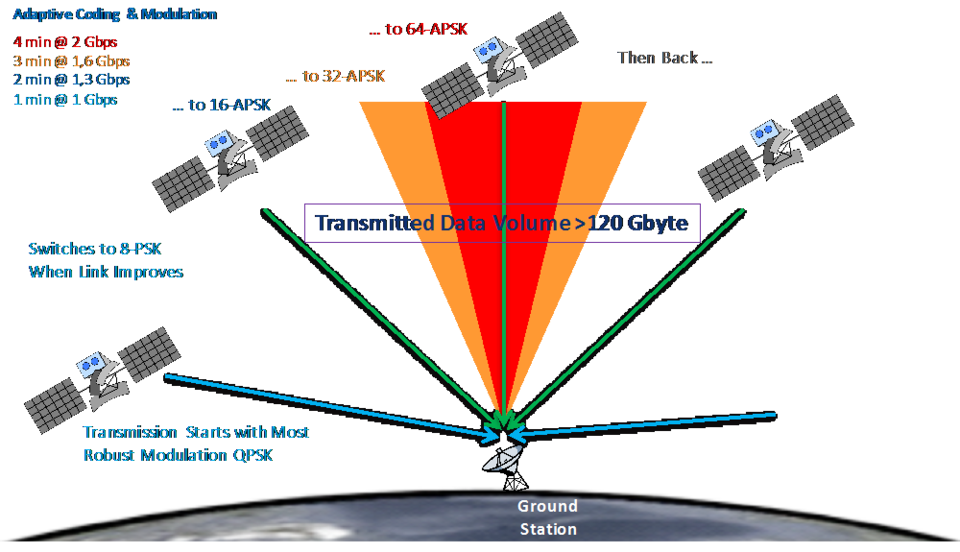
Current research for future missions
To give some examples of the research and development the section is currently undertaking, we are developing dedicated semiconductor IP cores to implement ‘Adaptive Coding and Modulation’ (ACM) schemes, that combine complex modulators/demodulators with encoding and decoding data using ‘serial concatenated convolutional codes’, optimised in a flexible way during a satellite pass to reduce errors introduced via noisy transmission. We are also working on a software-defined radio TT&C transponder, which can be used to emulate and test candidate TT&C architectures.
Another current activity involves a miniaturised version of a deep space transponder, reducing its volume and mass without sacrificing performance, while we are also developing a flexible and autonomous multi-mission TT&C transponder suitable for a wide range of different mission scenarios. A method to authenticate satellite RF signals to prevent spoofing, based around radio signal fingerprinting, is under study.


